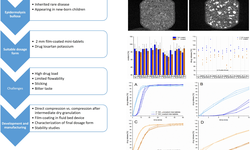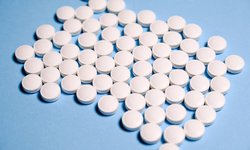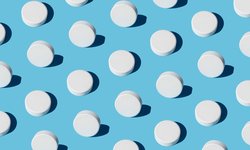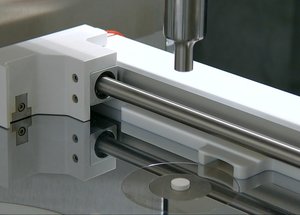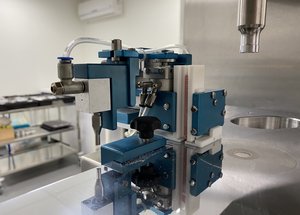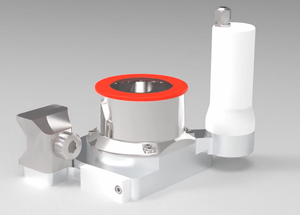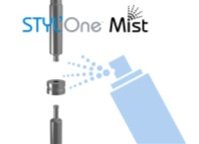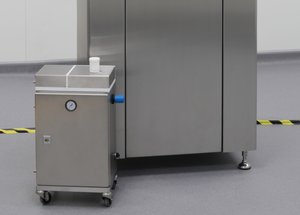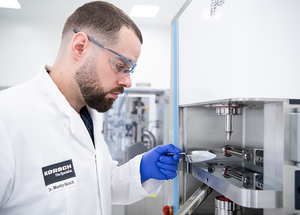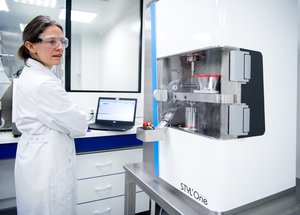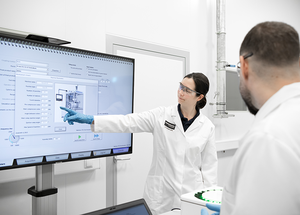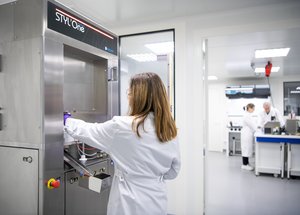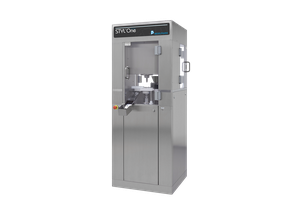Formulating spray dried dispersions into tablets
In a recent interview, Dr. Ian Lafferty, Chief Technical Officer at Upperton, discussed the development of spray dried dispersions (SDDs) into tablets. With 25 years of experience in pharmaceutical development, Dr. Lafferty highlighted the importance of enhancing the bioavailability of poorly water-soluble drugs through techniques like spray drying.
Key Points:
- Amorphous Solid Dispersions (ASDs): These are used to improve the solubility and bioavailability of poorly water-soluble drugs. Unlike crystalline solids, amorphous solids lack an ordered structure, which enhances their solubility.
- Production of ASDs: Involves solubilizing the drug in a solvent with a polymer, then removing the solvent to trap the drug in a solid polymer dispersion. Spray drying and hot melt extrusion are common methods.
- Advantages of Spray Drying: This process is efficient, scalable, and suitable for temperature-sensitive molecules. It produces a dry powder that can be easily formulated into tablets or capsules.
- Challenges in Tablet Development: SDDs have poor flow properties and require densification. Ensuring quick disintegration and maintaining stability during processing are also challenges.
- Analytical Tests: Specific tests like Powder X-ray diffraction (PXRD) and differential scanning calorimetry (DSC) are used to monitor the degree of crystallinity and dissolution profiles.
Upperton tailors projects to meet client requirements, using a range of screening experiments to identify the best formulations for further development and scale-up.
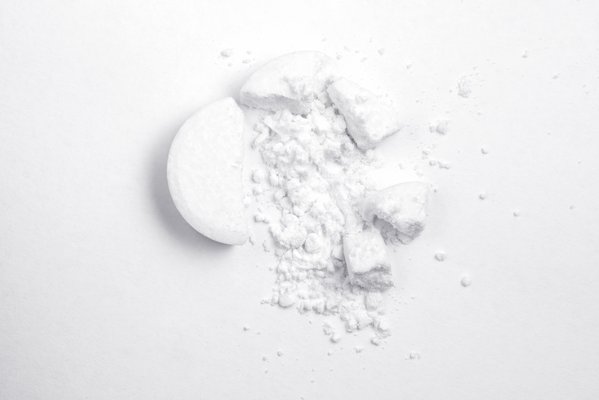
Comments
No comments posted yet.

